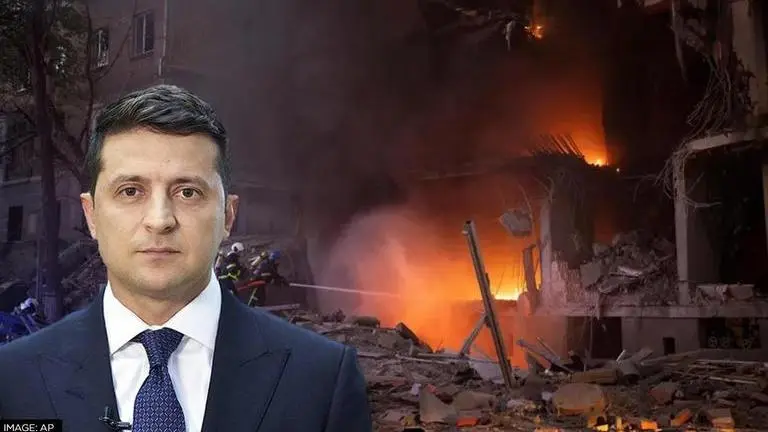Updated 15 May 2022 at 15:20 IST
Russia-Ukraine war: Kyiv claims Moscow using phosphorus bombs in Mariupol
Use of phosphorous bombs, also known as "Willie Pete", is not prohibited by the Chemical Weapons Convention but is subject to strict international regulations.
- World News
- 2 min read

The Russian Federation has continued its onslaught in the besieged port city of Mariupol, putting the lives of people who are stranded in the city in jeopardy. In the latest update, Ukraine has claimed that the occupiers deployed incendiary or phosphorous bombs against the Mariupol Defenders on May 14, claiming that they will leave the conclusion on this situation to the specialists. It was stated that the Russian forces have used 9M22C incendiary shells with thermite layers. The temperature of combustion for such bombs is around 2-2.5 thousand degrees Celsius.
Petro Andriushchenko, who is the adviser to the mayor of Mariupol, Vadym Boychenko, stated that Russian forces fired incendiary shells but the specialists will make the conclusion. Andriushchenko further stated that the temperature of the fire caused by the attack was between 2,000 and 2,500 degrees Celsius, and the fire is almost impossible to put out. On Telegram, Andriushchenko shared a video of the bombing of Mariupol's Azovstal steel plant.
Around 1,000 soldiers are still stranded at Azovstal, which is Ukraine's last position in Russia-controlled Mariupol. He further stated that hundreds of soldiers in Azovstal are wounded, according to media reports. Earlier this week Andriushchenko stated that Russian forces have barred all evacuation routes out of Mariupol. He went on to say that there is a scarcity of food and water in the city and those who have remained in the city are cooperating with Russian soldiers for food.
What are Phosphorous bombs?
Phosphorous bombs are chemical weapons made out of phosphates that can ignite when exposed to air and burn at temperatures as high as 2,760 degrees. The use of white phosphorous, sometimes known as "Willie Pete" after its initials, is not prohibited by the Chemical Weapons Convention but is subject to strict international regulations.
Advertisement
Phosphorus bombs are incendiary weapons. That implies they can spread flames in addition to their catastrophic explosive power.
Notably, this is not the first time Russia has been blamed for using phosphorus bombs in Mariupol. Late last month, Captain Sviatoslav Palamar of the Azov regiment claimed that the Russian armed forces also unleashed a huge quantity of phosphorus bombs on Mariupol and carried out 50 airstrikes throughout the night on April 27.
Advertisement
(Image: AP)
Published By : Rohit Ranjan
Published On: 15 May 2022 at 15:20 IST
